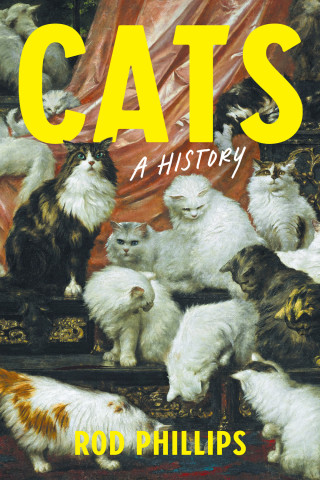
Reviews
This volume succeeds in presenting a balanced view of zoological park development in the last century, and has a global perspective... it is truly a fine effort of scholarship and invaluable to any person seeking a greater knowledge of the history, aspirations, and roles of zoos in Western Civilization.
Book Details
Foreword, by Michael H. Robinson
Preface and Acknowledgments
Part I: Overviews
Reflections on Zoo history
Menageries and Zoosz to 1900
Menageries, Mataphors, and Meanings
Part II: European and Colonial Zoos
Foreword, by Michael H. Robinson
Preface and Acknowledgments
Part I: Overviews
Reflections on Zoo history
Menageries and Zoosz to 1900
Menageries, Mataphors, and Meanings
Part II: European and Colonial Zoos
Zoos in the Family: The Geoffroy Saint-Hilaire Clan and the Three Zoos of Paris
The Order of Nature: Constructing the Collections of Victorian Zoos
A Tale of Two Zoos: The Hamburg Zoological Garden and Carl Hagenbeck's Tierpark
Zoos and Aquariums of Berlin
A Paradox of Purposes: Acclimatization Origins of the Melbourne Zoo
Ram Bramha Sanyal and the Establishment of the Calcutta Zoological Gardens
Part III: The American Scene
American Showmen and European Dealers: Commerce in Wild Animals in Nineteenth-Century America
The Origin and Development of American Zoological Parks to 1899
The National Zoological Park: "City of Refuge" or Zoo?
Epilogue
Appendixes
The Value of Old Photographs of Zoological Collections
The Architechture of the National Zoological Park
Notes
List of Contributors
Index





